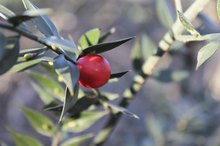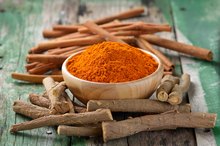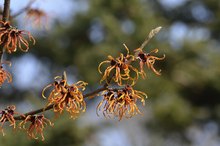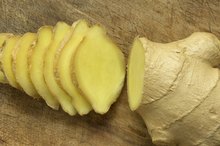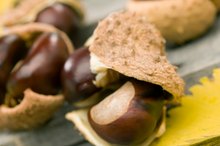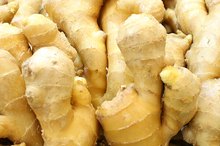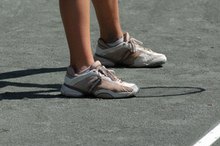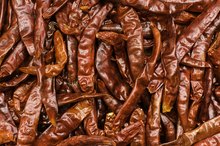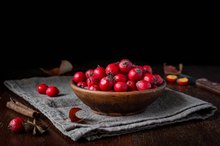What does fact checked mean?
At Healthfully, we strive to deliver objective content that is accurate and up-to-date. Our team periodically reviews articles in order to ensure content quality. The sources cited below consist of evidence from peer-reviewed journals, prominent medical organizations, academic associations, and government data.
- National Heart Lung and Blood Institute: Deep Vein Thrombosis
- National Heart Lung and Blood Institute: Deep Vein Thrombosis
- National Center for Biotechnology Information:
- National Center for Biotechnology Information:
The information contained on this site is for informational purposes only, and should not be used as a substitute for the advice of a professional health care provider. Please check with the appropriate physician regarding health questions and concerns. Although we strive to deliver accurate and up-to-date information, no guarantee to that effect is made.
Herbal Treatments for Deep Vein Thrombosis
Deep vein thrombosis is a blood clot that develops in a vein deep in your body, usually in your thigh or lower leg. The National Heart, Lung and Blood Institute reports that blood clots in your thigh have a greater chance of breaking off and traveling to your lungs -- causing pulmonary embolism -- than blood clots in your lower legs 1. Herbal treatments may help you treat or avoid deep vein thrombosis, but you should discuss all treatment strategies for this condition with your doctor first.
If you are experiencing serious medical symptoms, seek emergency treatment immediately.
Deep Vein Thrombosis
Some of the most commonly experienced symptoms of this condition include alterations in skin color in the affected leg, increased warmth in the affected segment and one-sided leg pain, tenderness or swelling. Deep vein thrombosis usually occurs in people over 60, but it can develop in anyone.
Herbal Treatments
Herbal Treatments for Gangrene
Learn More
In her book "Prescription for Nutritional Healing," certified nutritional consultant Phyllis A. Balch notes that there are many herbs that may be helpful for this condition 2. Certain herbs, such as:
- rosemary
- yarrow
- red raspberry
- alfalfa
- pau d'arco
- improve your blood oxygenation
- while butcher's broom improves your circulation
Cayenne helps thin your blood, and hawthorn, ginger, skullcap and valerian dilate your blood vessels and assist circulation. Ginkgo is another herb that improves your circulation, and it is also a powerful antioxidant.
Featured Remedy
Cayenne is an herbal remedy that may be used in treating deep vein thrombosis. Cayenne, a blood thinner, helps ease your blood pressure and boosts blood flow throughout your body, Balch states. You can also use cayenne with ginger, plantain and witch hazel in a poultice that is applied directly to your affected area. Cayenne may effectively treat pain when it is applied directly to your skin, and it is often used in treating arthritis and rheumatism.
- Cayenne is an herbal remedy that may be used in treating deep vein thrombosis.
- Cayenne may effectively treat pain when it is applied directly to your skin, and it is often used in treating arthritis and rheumatism.
Warning
Herbs for Spinal Stenosis
Learn More
Deep vein thrombosis is a serious condition that can lead to life-threatening health complications. If you are experiencing symptoms of this condition, call your health care provider immediately. Although certain herbal treatments may be helpful for this condition, avoid using herbs in lieu of visiting your doctor or using other treatment methods your doctor suggests. Some herbal treatments may cause side effects and should not be taken by certain individuals. Pregnant women should always exercise great caution when ingesting herbs.
- Deep vein thrombosis is a serious condition that can lead to life-threatening health complications.
- Some herbal treatments may cause side effects and should not be taken by certain individuals.
Related Articles
References
- National Heart Lung and Blood Institute: Deep Vein Thrombosis
- "Prescription for Nutritional Healing"; Phyllis A. Balch, CNC; 2010
Writer Bio
Robyn Hughes has been writing since 2008 about health, nutrition, fitness and botanical medicine. She is a naturopathic physician and freelance writer based in Durham, N.C. She holds a Bachelor of Arts in cognitive science from Indiana University and a doctoral degree from the National College of Natural Medicine in Portland, Ore.
